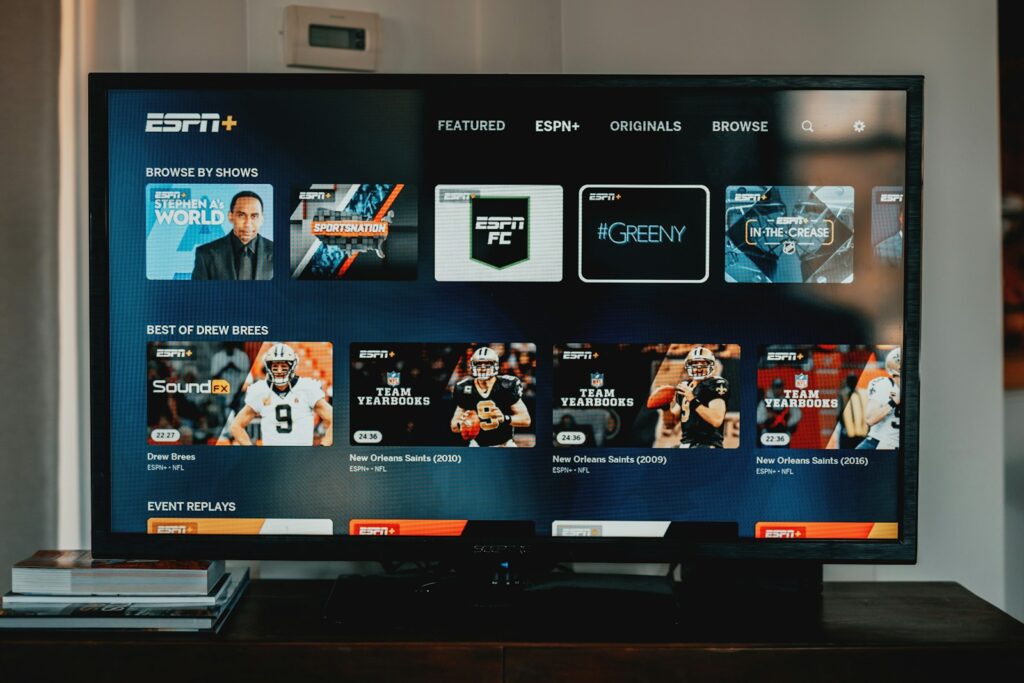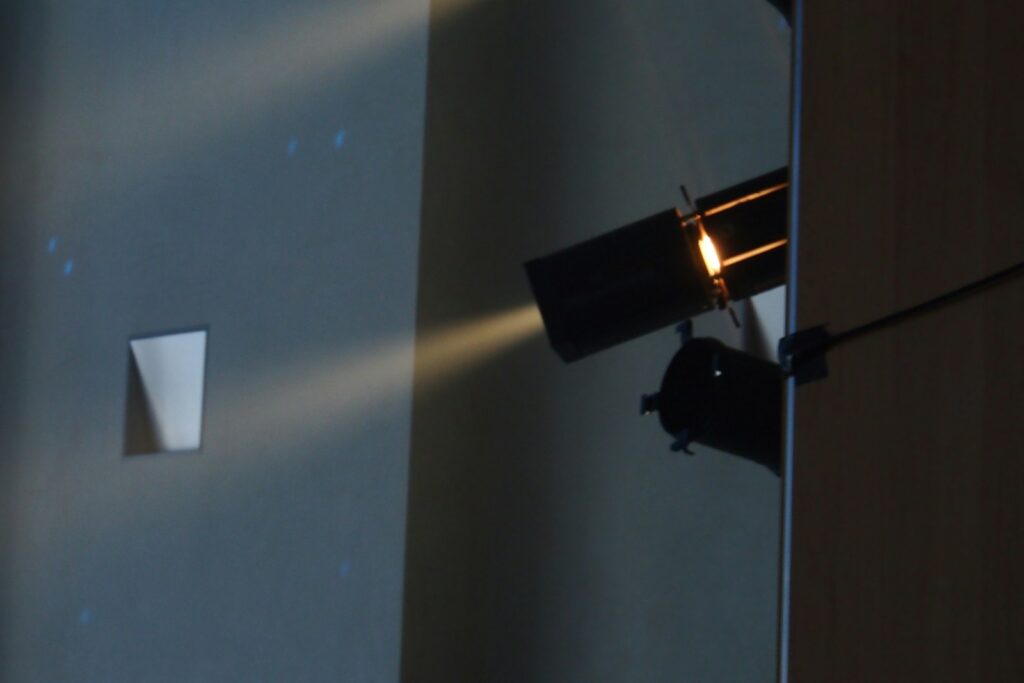Smart TVs have already established their presence to the point that nearly everyone has one in their household. They have transformed many aspects of movies, sports, and more recently, YouTube. While there are many brands to choose from, it can be challenging to pick one. Xiaomi and Samsung are two well-known brands that often get compared or referenced in comparisons.
Both brands produce Smart TVs that ultimately produce a great end product and offer features that the consumer can appreciate. One of today’s biggest points of discussion continues to stem from picture optimization; essentially, how well a TV can manipulate and enhance colours, lighting, and sharpness while you’re watching. In this product review, we will compare how Xiaomi and Samsung perform on this aspect of Smart TV utilization.
Understanding Picture Optimization in Smart TVs
Before we look at the comparison, let’s take a few moments to go over what picture optimization is. Simply put, it’s how a Smart TV adjusts the display to ensure the best viewing experience possible. Picture optimization can include:
-
Brightness & contrast adjustment
-
Color enhancement
-
Sharpening to clarify detail
-
Motion smoothing for fast scenes
-
Background lighting controls
Every brand is a little different. Some brands tend to optimize for deep blacks and high contrast. Other brands will focus on brighter screens and brighter colors. The goal is to ensure that the content you love pops off the screen and adds to your viewing experience—no matter if you are watching a blockbuster or watching your favorite cricket team dominate.
So, let’s move forward and take a look at how Xiaomi and Samsung implement this feature.
Xiaomi Smart TVs: Smooth and Sharp for the Everyday Viewer
In recent years, Xiaomi has become very popular. Due to their great value, Xiaomi Smart TVs are generally affordable but still have lots of features. Xiaomi keeps optimizing picture quality straightforward and simple.
Xiaomi Smart TVs offer a variety of features including a Vivid Picture Engine (VPE), which provides automatic adjustments to brightness, contrast and saturation depending on the content of your viewing material. The VPE system is great for people who simply want to sit and watch their TV without worrying about adjusting picture settings.
Most Xiaomi Smart TV colors are bright and vibrant with good contrast to good contrast, but not the deepest of shadows. For common well-lit room viewing and during the day, shadows—not too deep ones—are actually a benefit. Xiaomi Smart TVs stay clear and easy to look at and not be blinded in your bright watch space.
Some select models of televisions offer a feature called “Reality Flow,” which adds frame smoothing. If you are a sports fan or like action movies, working with fast action scenes looks quite nice—but there might be a little too much smoothing, since they look so much smoother than a film regularly looks.
Overall, Xiaomi TVs are about clear, bright, free-of-the-box watch comfort. They are made for people who want decent pictures without being too technical about it.
Samsung Smart TVs: Deep Colors and Theater-Like Precision
Samsung is a world leader in screen technology and their Smart TVs are particularly lauded for exceptional image clarity and sharpness, contrast, and notably, black levels. If your viewing habits involve watching in dark rooms or watching the immersive cinema experience, Samsung is a strong candidate.
Samsung uses its Quantum Dot Display in many of its TV models, and it aims to deliver awesome colors without oversaturation. Samsung also supports HDR10+, which allows the screen brightness to adapt on a frame-by-frame basis. Both of these technologies allow fast-moving images to maintain great detail even in the darker shades—swimming pool blue stays clear-classical. The highlights can maintain detail, so you can absorb all the vibrance and color in the scene as set by the director.
A more recent Samsung feature is called Adaptive Picture. This technology will sense your surroundings and adjust picture settings for you automatically. Day and/or night viewing, Samsung will balance the image.
When it comes to handling motion, Samsung Smart TVs provide some of the best motion experience for consumers. Fast-moving images maintain clarity, there is virtually no blur, making it a great asset for gaming and sports viewing.
Overall, Samsung refers to predominantly ‘tech purified’ and premium products. I felt this was most, reduction of freedom to be creative and of course, more picture optimization tools that provided deeper and true landscape including showing film in ‘Home’ theatre viewing.
Side-by-Side Comparison: Xiaomi vs. Samsung
Let us break them down more to help you decide the two.
Picture Quality
-
Xiaomi: Bright and crisp. Perfect for video content to consume in daily life, like a YouTube or cable TV.
-
Samsung: Warmer colors and better contrast. Best suited for movie lovers and watching in a dark room.
Motion Handling
-
Xiaomi: Smooth enough for casual sports or videos. Does occasionally over smooth full film content.
-
Samsung: Fantastic motion handling, leaves no artifacts and is brilliant for fast content.
Display Features
-
Xiaomi: Vivid Picture Engine, Reality Flow
-
Samsung: Quantum Dot Display, Adaptive Picture, HDR10+
Room Lighting Adjustment
-
Xiaomi: Manual options (off and auto) or basic auto-adjust
-
Samsung: Smart ambient light with automatic light tuning
Color Accuracy
-
Xiaomi: Brighter highlights to warmer tones
-
Samsung: More balanced colors closer to real life
Which Smart TV is Right for You?
When you choose between Xiaomi and Samsung, it really comes down to the type of viewer you are.
Xiaomi is a great choice if you’re looking for a budget Smart TV for decent picture quality at a lower price. Xiaomi products are a great TV for students, families, or anyone who just wants a good TV for general watching.
If you are the type of viewer that regularly watches movies, plays higher-end games, or want a really good viewing experience, Samsung may be the better choice for you. It offers superior picture optimization and works great in all lighting conditions.
Finally, the room and lighting conditions you will use the TV in can determine if you want a Xiaomi or Samsung TV. A bright room may work well with the Xiaomi vibrant display, while a dark media room can showcase the blacks and contrast of a Samsung.
Final Verdict: Performance vs. Precision
Ultimately, both Xiaomi and Samsung manufacture fantastic Smart TVs, but they take different approaches.
With Xiaomi, you get the performance for the mass market at a good price.
With Samsung, you experience precision and detail that brings every scene to life—but usually at a premium.
So, if you are on a budget and just want a nice TV that works well out of the box, Xiaomi will get it done. If you want picture quality that feels like being in a cinema at home, then Samsung is worth the extra money.



